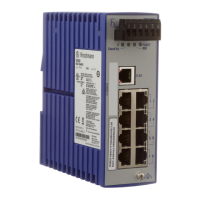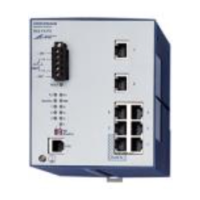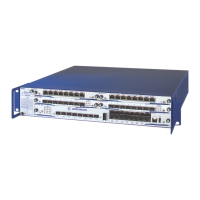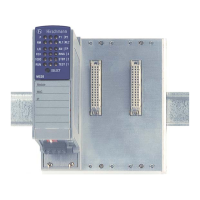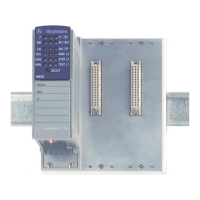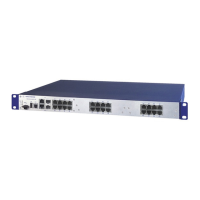Rapid Spanning Tree
Redundancy L2E
Release
4.1
03/08
4.6
The Rapid Spanning Tree Protocol
63
4.6.2 Port states
Depending on the tree structure and the state of the selected connection
paths, the RSTP assigns the ports their states.
Meaning of the RSTP port states:
X Disabled = port does not belong to the active topology
X Discarding = no address learning in FDB and no data traffic apart from
sending and receiving
X Learning = address learning active (FDB) and no data traffic apart from
BPDUs
X Forwarding = address learning active (FDB) and sending and receiving
active from all frames (not only BPDUs)
4.6.3 Spanning Tree Priority Vector
To assign roles to the ports, the RSTP bridges exchange configuration
information with each other. This information is known as the Spanning Tree
Priority Vector. It is part of the RST BPDUs and contains the following
information:
STP port state Administrative
bridge port
state
MAC
operational
RSTP
Port state
Active topology
(Port role)
DISABLED Disabled FALSE Discarding* Excluded (disabled)
DISABLED Enabled FALSE Discarding* Excluded (disabled)
BLOCKING Enabled TRUE Discarding** Excluded (alternate, backup)
LISTENING Enabled TRUE Discarding** Included (root, designated)
LEARNING Enabled TRUE Learning Included (root, designated)
FORWARDING Enabled TRUE Forwarding Included (root, designated)
Table 12: Relationship between port state values in STP and RSTP.
* the dot1d MIB shows “Disabled”
** the dot1d MIB shows “Blocked”
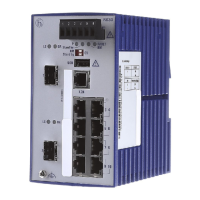
